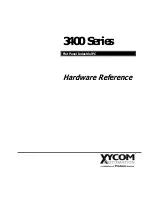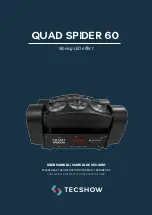
8
Eclipse Extern-A-Therm Recuperators, Design Guide 540, 3/9/2009
Figure 3.2.
Figure 3.3.
Typical Air Pipe Work
The schematic, Figure 3.4, shows a typical air control
scheme. This uses one control valve to control the
combustion air, eductor air and dilution air. As the burners
turn down, the eductor air lowers to reduce the suction
and keep the furnace at the desired pressure. If dilution air
is necessary, this will also be reduced, so as not to
excessively cool the exhaust gas. A more sophisticated
control, Figure 3.5. This assumes that greater furnace
pressure control is required. The eductor air has a
separate control valve driven by the furnace pressure
control.
More details of the combustion circuits and methods of
controlling the air and gas can be found in Design Guide
206 covering ThermJet Burners for Preheated
Combustion Air.
Eductor Air Flow
Eductors are designed to overcome the exhaust gas
pressure drop through the recuperator. The eductor
airflows given in the datasheet are the flows required to
overcome the exhaust pressure drop at the maximum
rating of the recuperator and an inlet exhaust temperature
of 1900°F (1037°C). The entrainment air flow required will
be different at other capacities or exhaust temperatures.
Cleaning the Recuperator
Dirt or other substances in the exhaust can accumulate on
the outside of the recuperator tubes. Units can be cleaned
with steam, compressed air, or any other method that
accomplishes the task without damaging the insulation.
Exh
a
ust
Eductor
Recuper
a
tor &
Insul
a
ted Housin
g
Over -
te
m
per
a
ture
Ther
m
ocouple
Dilution
A
ir
Eductor
A
ir
S
upport
S
tructure
By Custo
m
er
Eductor
Eductor
A
ir
Flue
Flue
Bre
ak





























